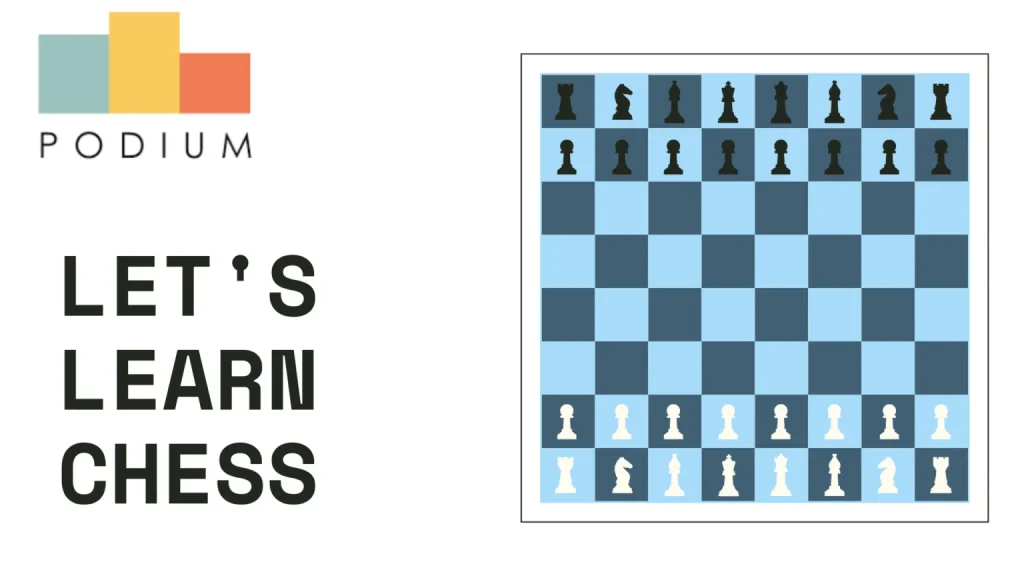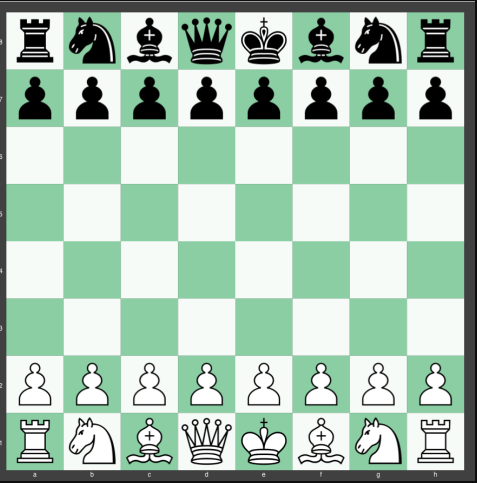The Italian game is the oldest chess opening ever played. It is one of those chess openings, that are basic and simple yet have an effective role in deciding the further gameplay. In this article, we are going to learn about the Italian game and its further manoeuvres as well. This article will also focus on how the Italian game can affect further gameplay. Let us begin with a bit about the history and origin of the Italian game.
History of the Italian game
It is one of the oldest played chess openings. The Gottingen manuscript cites the first references of the Italian game. The development and origin of this chess opening date back to the 16th century. The credit of the development of this chess opening goes to players such as Polerio, and Damiano.
What is The Italian Game?
The progress of the Italian Bishop to the C4 square, from where it attacks the F7 square of the black is the basic opening in the Italian game. The Italian Bishop is actually the White Bishop. The sequence of moves for the Italian game is as follows-
- e4 e5
- Nf3 Nc6
- Bc4
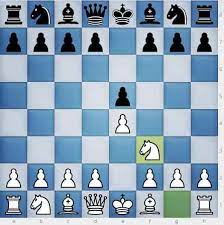
Due to the simple and basic scheme of development, many chess players believe the Italian game is an inferior chess opening. But this incredibly simple opening has the inherent potential to progress into extensive gameplays. The Italian game can convert into one of its three main variations reported in the middle gameplay. Let us move ahead, and discuss the prime variations of the Italian game.
Main variations of The Italian game
The basic chess opening can develop and progress into any of the three very famous gameplays, mentioned below:
- The Giuoco Piano
- The Evans Gambit
- The Two Knights Defence
Let us proceed further and discuss these variations in brief.
The Giuoco Piano
This was the main line of gameplay that developed after the basic Italian game chess opening. The Giuoco Piano play cites back until the 19th century. The Giuoco Piano is one of the best moves available to the black after the development of the Italian game. The chess moves for the development of the Giuoco Piano are as follows-
- e4 e5
- Nf3 Nc6
- Bc4 Bc5
The progress of the black bishop to C5 square allows the Queen to cover the g5 square and hence, prevent the attack.
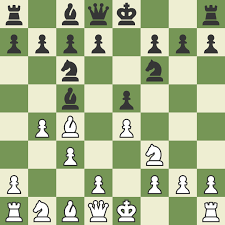
The Evans Gambit
Another progression of the Italian game is the Evans Gambit. Its name credits its development to an amateur chess player named William Evans. There was a sudden rise in the popularity of the Evans Gambit among the chess players of the 19th century. The Evans Gambit was so much popular by around the 1820s that someone described it as,
A gift of the gods to a languishing chess world.
The chess moves that lead to the progression of the Italian game into the Evans Gambit are as follows-
- e4 e5
- Nf3 Nc6
- Bc4 Bc5
- b4
The White has to sacrifice their Pawn with the b4 move but it directly solves the problem of the Giuoco Piano set up by Black. The Black has to move his bishop in order to protect it while the White gets the chance to have a brutal and attacking gameplay.
The Evans Gambit allows the White to have a speeding attack against the Black by continuous brutal moves. This progression of the basic chess opening, the Italian game involves more attacking and tactical moves.
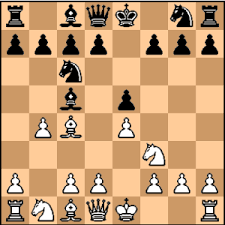
The Two Knights defence
This progression allows the Black to have an attacking approach against the White. The Two Knights Defence is better gameplay than the Giuoco Piano for the Black to have a tactical approach against the White. The Two Knights defence also provides the Black with an additional benefit of avoiding the Evans Gambit. The chess moves for the development of the Two Knights defence are as follows-
- e4 e5
- Nf3 Nc6
- Bc4 Nf6
The sacrifice of one pawn from the Black side turns the game immensely tactic and brutal. The white doesn’t get much time to save themselves. The Two Knights Defence was very much famous among many established attacking chess players in a very short span of time. It is associated with the Great Russian Grandmaster, Mikhail Chigorin. He won many very close games with the help of The Two Knights Defence tactic.
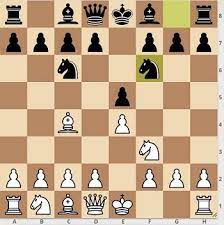
Summary
The Italian game was initially very much popular among novice chess players due to its simple and basic developmental opening. Later, many famous chess players realized the true potential of the Italian Game. It has the calibre to convert and progress the simple and basic chess opening into engaging and tactical gameplay.
The Italian Game can progress into three main types of middle tactical gameplays,
- The Giuoco Piano
- The Evans Gambit
- The Two Knights Defense.
Out of the three progressions of the Italian game, The Guioco Piano and The Two Knights Defense provide a tactical advantage to the Black during the gameplay. The Two Knights Defense is one of the best choices for the black to engage in active and brutal gameplay. It is much better than the Giuoco Piano.
The Evans Gambit is the best move for the white to attack the black in a very quick way. This turns the game into quick and brutal gameplay.
I hope, you liked the article.
Share with your friends


